( – promoted by navajo)
As the first Europeans began to move into the Ohio River valley area, they found numerous ancient earthen mounds. Many refused to believe that these had been built by Indians, or even the ancestors of Indians. As a consequence, many stories were created crediting the construction of the mounds to Aztecs, Egyptians, Phoenicians, and even vanished races.
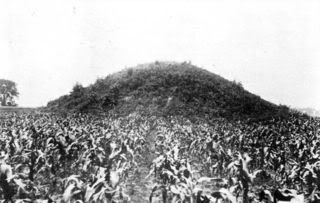
In 1784, Thomas Jefferson dug out a small, twelve-foot high mound on his property near the Rivanna River in Virginia. He uncovered several layers of burials and concluded that the mound had been the work of the present Indians’ ancestors. For many people, this excavation marks the beginning of scientific archaeology in the Americas.
In 1787, Thomas Jefferson published his Notes on the State of Virginia which examined the origins of native people in the area. The book included a description of his excavations of an Indian mound near his home. Jefferson felt that American Indians had arrived at this continent from Asia, that they had arrived speaking only one language, and that, once here, their language had divided into a thousand different languages. He also postulated that Indians had been on the continent for an immense length of time. His views were attacked and he was called “a howling atheist.”
In response to Jefferson’s claims about the mounds, Benjamin Smith Barton published a book in which he claimed that the great mounds in Ohio had been built by Vikings and the Vikings had then journeyed south where they had become Toltecs.
In a 1792 work celebrating the discovery of the Americas by Christopher Columbus, Jeremy Belknap wrote of the Mound Builders:
“The form and materials of these works seem to indicate the existence of a race of men in a stage of improvement superior to those natives of whom we or our fathers have had any knowledge; who had different ideas of convenience and utility; who were more patient of labour, and better acquainted with the art of defence.”
In the book Tour into the Territory Northwest of the Alleghany Mountains, published in 1805, the Reverend Thaddeus M. Harris claimed that the mounds and earthworks in Ohio were too great an engineering feat to have been built by Indians. He put forth the idea that they must have been built by a superior race, such as the Toltecs. Archaeologist Robert Silverberg notes:
“No people, civilized or savage, could be considered to be native to the Americas by those who took the Bible literally. The Bible spoke of just one act of creation, which took place in the Garden of Eden. Eden was thought to be in Asia, and Asia must thus have been the homeland of America’s red men, as it was of all human beings.”
The American Antiquarian Society published Caleb Atwater’s systematic investigation of the earthwork mounds in the Ohio and Mississippi River valleys in 1820. He saw these earthworks as evidence of an occupation of a sedentary, law-abiding people who were later replaced by more recent immigrants from Asia who became the present-day American Indians. While he provided accurate descriptions of many sites, he suggested that “Hindoos” had actually built them.
In an 1830 address to Congress, President Andrew Jackson said:
“In the monuments and fortresses of an unknown people, spread over extensive regions of the west, we behold the memorials of a once powerful race, which was exterminated, or had disappeared, to make room for the existing savage tribes.”
If this early civilization was destroyed by the ancestors of the Creek and Cherokee, Jackson reasoned, then they deserve no better fate themselves.
In 1835, American settlers in the Crawfish River area in Wisconsin noticed the ancient flat-topped mounds of an abandoned Mississippian village and assumed that they could not have been built by local Indians. In keeping with current scholarship, they assumed that the mounds were the work of the Aztec or other Mexican Indians and so they named the site Aztalan.
The Smithsonian Institute published Ancient Monuments of the Mississippi Valley by Ephraim Squier and Edwin Davis which provided a record of the mounds as they appeared in 1847. It contains finely executed maps and detailed measurements. While Squier and Davis had set out to avoid speculation, they still theorized that the mounds had been built by a civilized, pre-Indian race which had been forced to migrate southward because of incessant attacks by hostile savage hordes.
In 1848, Ephraim Squier and Edwin Davis surveyed and mapped Ohio’s Serpent Mound earthworks. This ancient effigy is nearly a quarter mile long which has been described as “a flawlessly modeled serpent, forever slithering northward.”
In 1850, Increase Lapham studied the ruins at Aztalan for the American Antiquarian Society and concluded that the mounds were made by the ancestors of modern Indians. He urged that the site be protected.
The president of the Chicago Academy of Sciences declared in 1873 that the idea that Indians constructed the great mounds of the Mississippi river drainage was “preposterous.”
In 1891 the Bureau of American Ethnography published a scientific report on the many mounds and earthworks in North America which attributed their construction to American Indians. This was an important institutional expression on the question of the identity of the builders of the mounds, and as such it carried much weight.
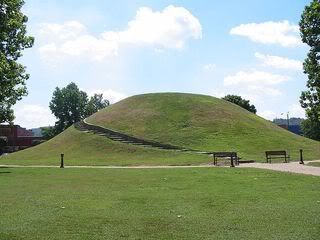
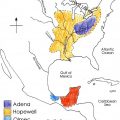
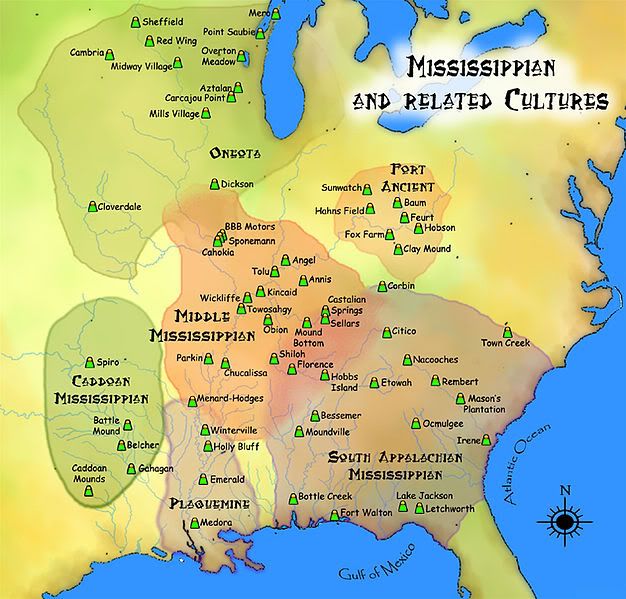
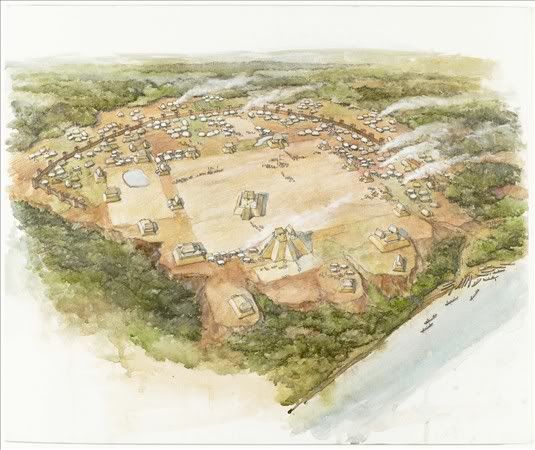
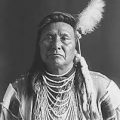
Leave a Reply